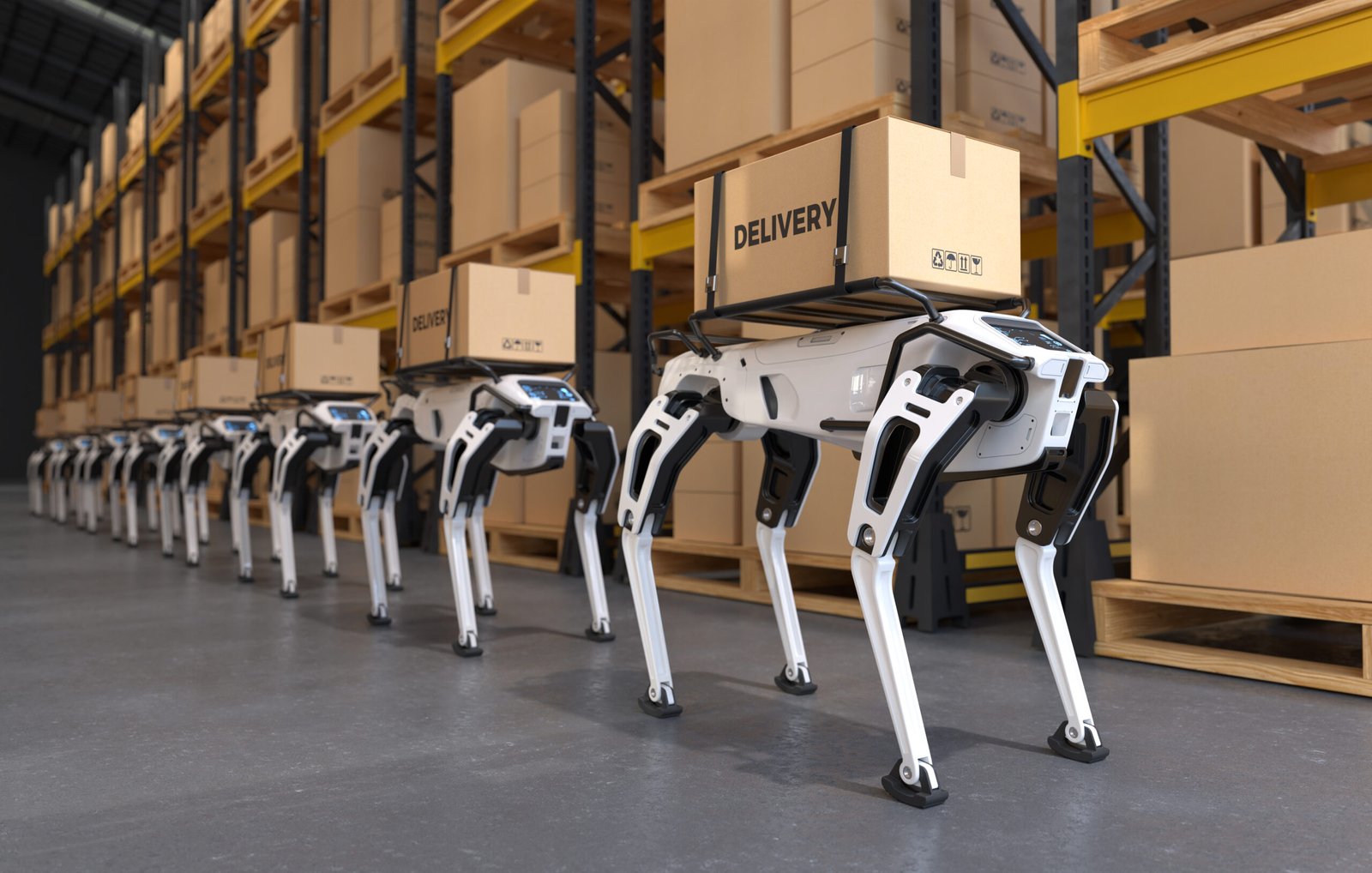Walmart is at the forefront of retail’s automation revolution, leveraging technology to improve efficiency and reshape customer experiences. By pioneering these innovations, Walmart continues to influence the retail landscape, inspiring other businesses to embrace automation for sustained growth and improved customer satisfaction. Embracing a future where technology and retail seamlessly converge. In this blog post, we will explore how Walmart’s strategic automation implementation has redefined operations and shopping journeys, setting a trend for the industry’s future.
The Development of Walmart’s Automation
Automation in the retail industry refers to the application of technology to jobs that were traditionally completed by humans. Walmart has been actively investing in a variety of automated technologies to change the way it conducts business. Walmart identified the benefits of automation early on. Walmart has automated several corporate procedures, from customer service to inventory management.
Inventory Management:
Inventory management is one of the primary areas where Walmart has successfully tapped into the power of automation. The business has put in place automated systems that make use of cutting-edge algorithms to analyze demand trends, track product levels, and manage restocking. This prevents out-of-stock situations and boosts customer satisfaction by ensuring that the shelves are stocked with the appropriate goods at the appropriate time.
Robotic Assistance:
Walmart has also added robots to its retail locations to help with a variety of chores. These robots have cameras and sensors that enable them to move around the store, search shelves for lost items, and detect any possible dangers. Employees can concentrate on offering better customer service and taking part in more strategic activities by automating these regular chores.
Efficient Checkout Process:
The Walmart checkout procedure has seen a substantial transformation because of automation. Walmart stores now frequently have self-checkout machines that let customers scan and pay for their purchases without the assistance of a clerk. This decreases customer wait times while simultaneously increasing the store’s operational effectiveness.
Fulfilment Centers and E-commerce:
To address the expanding expectations of online consumers, Walmart has made significant investments in automation in the world of e-commerce. Online orders are efficiently handled by automated fulfillment centers with conveyor systems and robotic order pickers, assuring prompt deliveries and accurate order fulfillment.
Revolutionizing the Customer Experience:
Walmart’s emphasis on automation aims to improve both internal operations and the customer experience. Walmart has been able to give its customers a smoother and more convenient shopping experience by utilizing technology. Let’s explore how!!
- Personalized Recommendations:
Automation is used on Walmart’s online platform to examine client preferences and purchasing patterns. Following that, this information is used to offer clients personalized product recommendations, assisting them in finding goods that are relevant to their interests. This improves the shopping experience while also increasing sales for the business.
- Contactless Shopping:
The recent global health crisis highlighted the importance of contactless shopping options. Walmart swiftly responded by expanding its online shopping capabilities and offering curbside pickup services. Automation plays a crucial role in orchestrating these services, from order processing to the efficient loading of groceries into customers’ vehicles.
- Enhanced In-Store Navigation:
Walmart’s experimentation with automation also includes technologies that assist customers within the physical store. For instance, some Walmart stores have implemented automated navigation systems that help shoppers quickly locate the items they need, saving time and frustration.
Benefits and Challenges of Walmart’s Automation Strategy:
While Walmart’s automation efforts have yielded numerous benefits, they haven’t been without challenges.
Benefits
- Efficiency: Automation has streamlined processes, reducing human errors and improving operational efficiency.
- Cost Savings: By optimizing inventory management and reducing labor costs, Walmart has achieved significant cost savings.
- Improved Customer Experience: Shorter wait times, personalized recommendations, and convenient services have all contributed to an enhanced shopping experience.
- Scalability: Automated systems can be scaled to accommodate Walmart’s vast network of stores and online operations. This scalability not only enhances operational efficiency but also allows for consistent and standardized processes across locations, ensuring a seamless customer experience whether shopping in-store or online.
Challenges
• Adaptation:
Employees may need to adapt to new roles as automation takes over certain tasks. This could involve overseeing and maintaining automated systems, analyzing data-driven insights, managing customer interactions that require a human touch, and focusing on innovative strategies to enhance the overall shopping journey. Reskilling and upskilling initiatives will play a crucial role in this workforce transition.
• Solution: Training and Skill Development
Empower employees through training and skill enhancement. Enable them to transition into roles that complement automation. Focus on upskilling and reskilling to maintain their relevance in a changing landscape. Highlight their irreplaceable skills like customer engagement and creative problem-solving.
• Technical Glitches:
Automation systems are not immune to technical glitches, which could impact store operations.
• Solution: Robust Maintenance and Monitoring
Establish a vigilant maintenance and monitoring system. Regular checks, scheduled maintenance, and quick response teams can identify and resolve technical glitches promptly. Proactive measures and contingency plans minimize disruptions caused by glitches, ensuring uninterrupted store operations.
• Initial Investment:
Implementing automation requires a significant upfront investment in technology and training.
Solution: Cost-Benefit Analysis and Gradual Implementation
Justify the initial investment through a thorough cost-benefit analysis. Identify areas where automation yields efficiency gains, cost reductions, and improved customer experiences. Start with high-impact processes in a phased implementation, expanding gradually based on observed positive outcomes.
Walmart Automation: The Future
- Walmart’s automation success inspires the wider industry.
- Technological advancements drive increased adoption of automation by other retailers.
- Automation enhances operations and customer interactions.
- The balance between automation and human interaction is crucial.
- Human employees add a personal touch, vital for meaningful shopping experiences.
Wrap Up
In conclusion, Walmart’s efforts to automate retail demonstrate the amazing potential of technology to transform a sector. Walmart has reimagined inventory management, customer service, and the entire shopping experience by deliberately applying automation technologies across many sectors of their organization. We can anticipate seeing more shops use these technologies as automation progresses to remain competitive and give customers unmatched value. So, if you want your business to strive and reach new heights, partner with Ecom Automized, the best e-commerce automation service provider today!!







